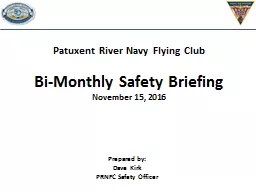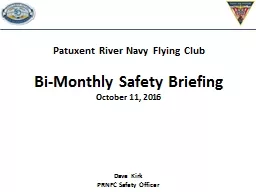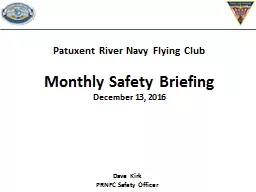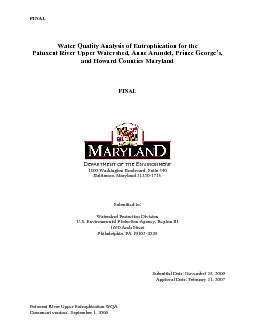PPT-Patuxent River Navy Flying Club
Author : kittie-lecroy | Published Date : 2017-08-11
BiMonthly Safety Briefing November 15 2016 Prepared by Dave Kirk PRNFC Safety Officer Safety Topic 2 Winter Ground Ops amp Carb Icing Introduction Cold weather
Presentation Embed Code
Download Presentation
Download Presentation The PPT/PDF document "Patuxent River Navy Flying Club" is the property of its rightful owner. Permission is granted to download and print the materials on this website for personal, non-commercial use only, and to display it on your personal computer provided you do not modify the materials and that you retain all copyright notices contained in the materials. By downloading content from our website, you accept the terms of this agreement.
Patuxent River Navy Flying Club: Transcript
Download Rules Of Document
"Patuxent River Navy Flying Club"The content belongs to its owner. You may download and print it for personal use, without modification, and keep all copyright notices. By downloading, you agree to these terms.
Related Documents














